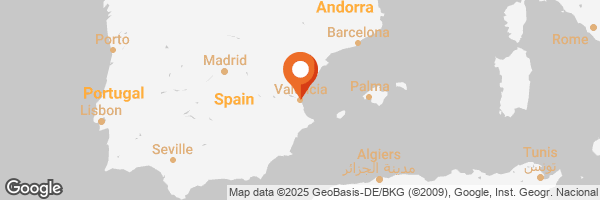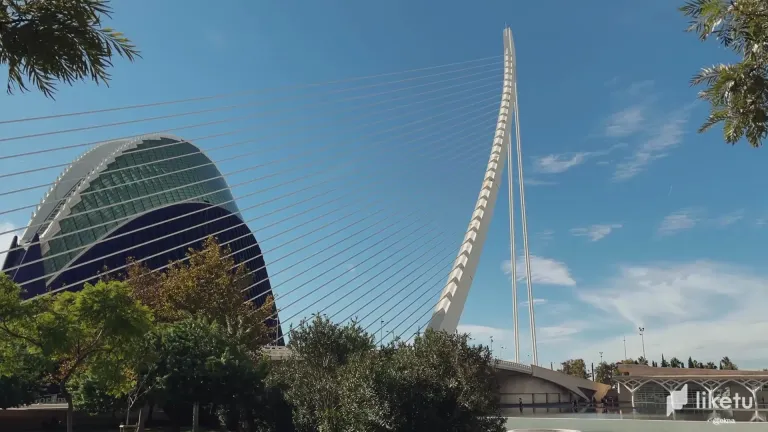
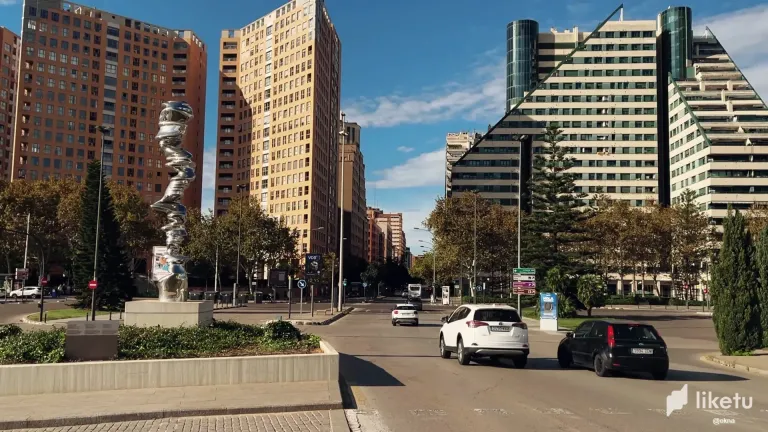
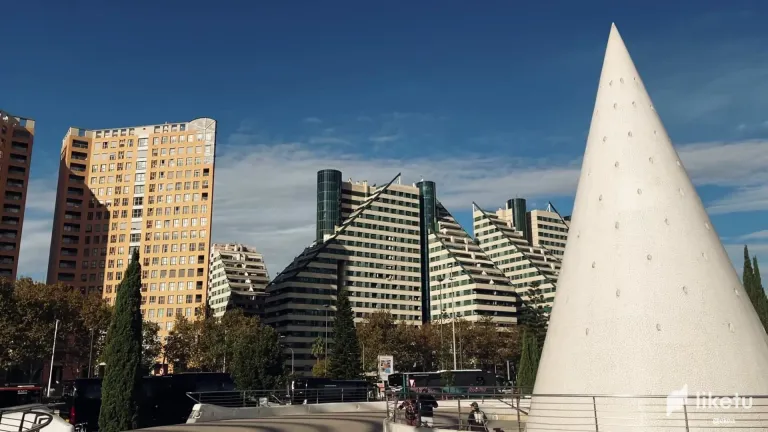
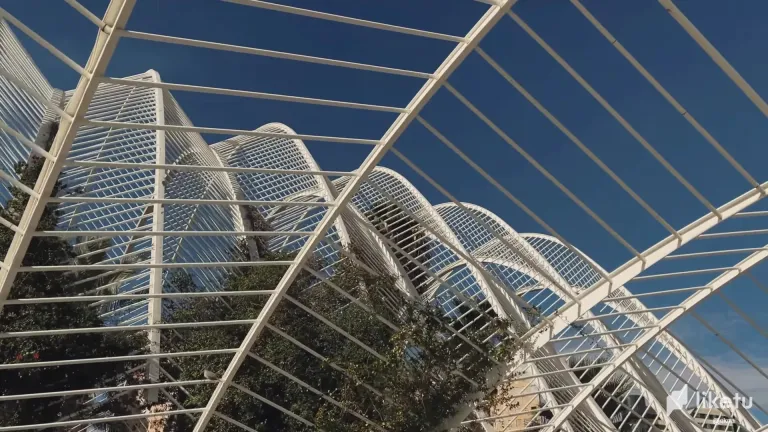
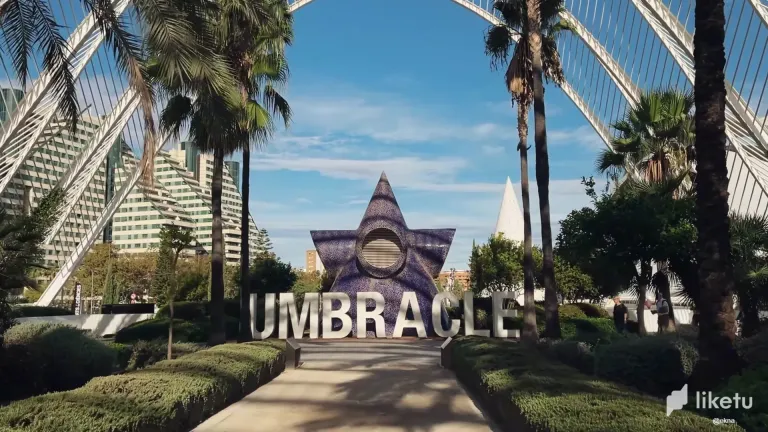
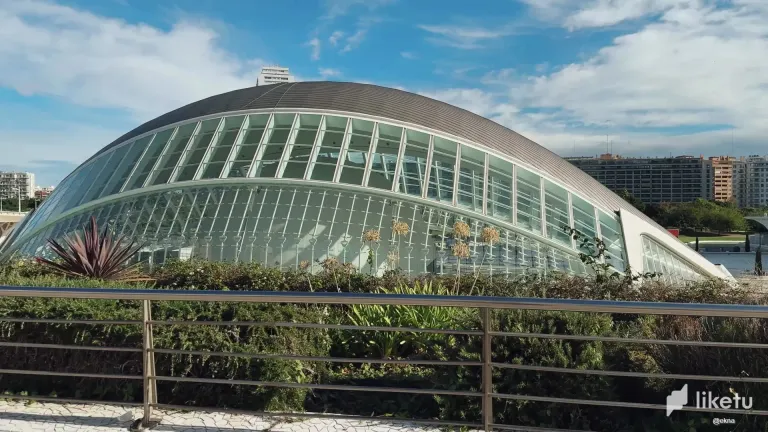
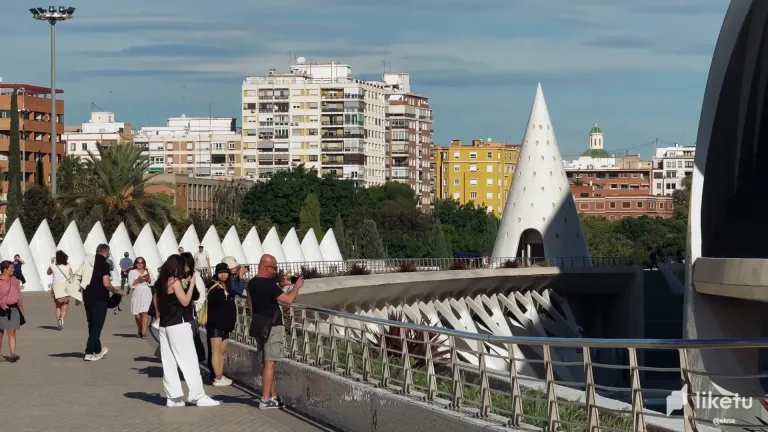
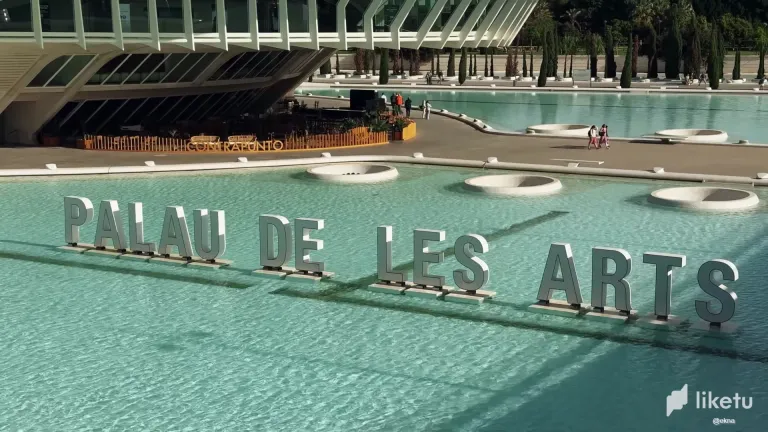
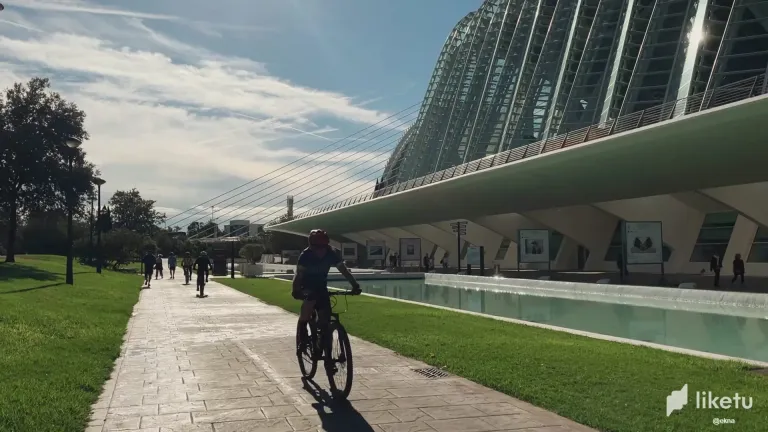
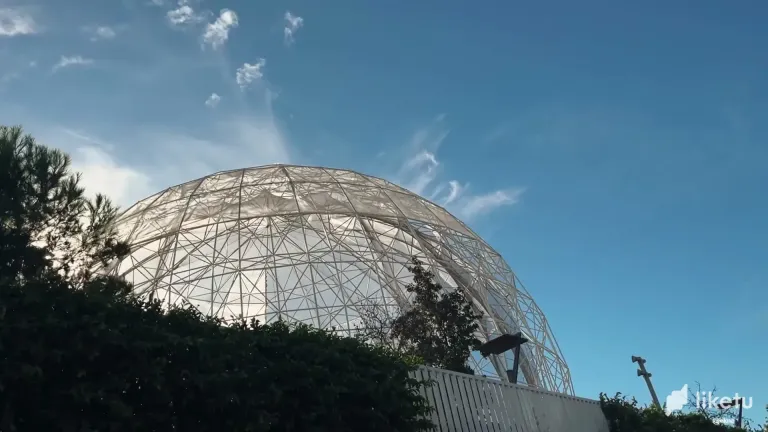
For me, Valencia became one of those pleasant surprises that every traveler experiences on a multi-city trip. I had already visited Madrid, Malaga and Alicante and I had a more or less clear idea about them. Before going, I had visualized in my mind what awaited me, in general terms. And I must admit, I wasn't far wrong.
However, Valencia surprised me. It surprised me in a good way.
Firstly it was completely unexpected for me that Valencia is quite a large city, even by European standards. More than 800.000 people live here. It's the third most populous city in Spain after Madrid and Barcelona. Therefore, at least a week of careful exploration is needed to see the city in detail, not those pitiful 4 hours that I was able to have thanks to my managers.
Secondly: Valencia has managed to combine its medieval heritage with the achievements of the 21st century's technological breakthroughs with surprising mastery.
And thirdly it seemed to me (this is entirely my personal opinion), that the best and most cheerful people in all of Spain are here. Wherever I was, whoever I approached, everyone I met answered my questions as if I were their closest relative they hadn't seen in a long time. Very hospitable people.
But now it's time to start exploring.
I must immediately state that I only had a free time slot of four hours in my work schedule and I decided to make the most of it. I went to the historical part of the city.
I started my tour at the Market Square (Plaza del Mercado), where the market building and the Church of Santos Juanes also stand. According to what the guides write, this is a historic place. Before the market building was built, there were open-air stalls here a long time ago. Now this place is usually used as a city square for public festivals and concerts.
However, the main attraction of the Market Square, the place where the flow of tourists from different languages heads, is of course the market itself. The 1928 building is a masterpiece of modern architecture, one of the largest market buildings in Europe. The roof is crowned with a huge transparent dome and the walls are decorated with traditional Valencian colored tiles. You'll agree that not every city can boast SUCH a market.
Without hesitation, I decided to go inside.
It was quite lively inside, but I didn't notice very large crowds. I was especially impressed by the smell inside the market. I was used to such places not smelling very pleasant in our country... This place smelled like a decent restaurant: pastries, fruits, spice aromas... Very delicious. Even the fish didn't smell disgusting at all.
For understandable reasons, a special place is occupied by ham. Foreigners come here especially for these legs. Some buy several at once. I saw with my own eyes a man in a suit buying 3 of these legs at once and then two sellers carrying them to his car.
It is believed that real ham is made only from the hind legs of black Iberian pigs and shepherds drive the animals from place to place so that they have less fat. A pig's leg hung on an iron hook does not need a refrigerator. If prepared correctly, it can hang forever. The best varieties of ham are aged for five, or even seven years. The price per kilogram varies from 25 to 300 euros and above.
In addition to the pig's legs, there are also a wide variety of fish. For this, a separate sales area is allocated, with a fish-shaped weather vane on its dome. Here, buyers are offered an impressive abundance of fish and seafood: crayfish and crabs, shrimp of all sizes, snails, mussels and octopus. The prices seemed quite reasonable at first glance.
You can wander among the stalls for a long time, look around, ask for prices, the choice, what can I say, is huge. But there is no time at all and so we go outside and move on.
We passed by the 15th-century Valencia Silk Exchange. These times (14th-16th centuries) were considered the golden age of Valencia. Spanish and foreign merchants flocked to the city. The silk industry was on the rise. Many townspeople were engaged in silk production; about three hundred famous master silk craftsmen lived in Valencia. The Exchange was built between 1482 and 1548. It became a symbol of the city's economic prosperity, a true temple of trade, a concrete example of the power of the Crown of Aragon.
Walking through the narrow streets of the Old City, it is surprising to encounter such huge double-decker tour buses. When I first saw one of them trying to turn into the nearest street, I could not believe it was possible. However, practice showed that there is nothing impossible for Valencia drivers.
A little later, on one of the streets I suddenly came across a magnificent structure consisting of two huge towers - the Cuart Gates. Interestingly, wandering among the low houses with numerous souvenir shops, you lose your bearings in time and space and this massive structure appears in front of you literally at the last moment, almost from around the corner.
These gates once served as the western entrance to the central part of Valencia. They were built in 1441-1460. However, despite their monumentality, they were never the main entrance to the city center. The main entrance to the center was considered to be the Serranos Gates, which I saw from the car window on my way to work. Unfortunately, I did not manage to reach them on my own.
The Cuart Gates are impressive with their fortification power. There is no decoration on the smooth facades of the towers. The enemy approaching the city was deprived of any opportunity to climb these walls. Meanwhile, the walls themselves are still dotted with numerous cannonball marks today. The traces on the gates were left by the shells of French artillery during the years of the Peninsular War. In 1808-1813, Napoleon's army repeatedly attacked Valencia. Today, bird nests can be seen in these holes.
And we moved on.
The streets in the central part of Valencia are a typical Mediterranean type of residential building with one-way traffic and wide pedestrian walkways. Everything is very neat, cleverly arranged and clean.
Everywhere on the balconies and windows of apartments, flags of the Valencia province, Spain and the EU are hung. It is believed that Valencia can even compete with Catalonia in terms of the number of flags.
Meanwhile, we approached another important square of the city - the Plaza de la Virgen, which has always been considered the historical core of Valencia. It is now hard to imagine, but in ancient times this place was an island formed by two branches of the Turia River. The current square itself is located on the site of an ancient Roman forum. Over time, the river receded. Today, only a fountain remains of it.
The main attraction of the Plaza de la Virgen ensemble is the Valencia Cathedral. There is a very important reason to visit it, but I will talk about it a little later.
The Turia Fountain, symbolizing the river that once flowed here, has been decorating the square since 1976. In hot weather, many people gather here, wanting to cool off a bit in the cool water droplets. Usually, this is a popular meeting and dating place.
My acquaintance with Valencia was bright, but sadly short. Unfortunately, I could not visit the City of Arts and Sciences, I did not see the Oceanographic Aquarium, I did not get to the other important places I wanted to reach. It didn't work out. Time... But what remains is a strong desire to return here again. This is a wildly interesting city. Very cool.
For the best experience view this post on Liketu
